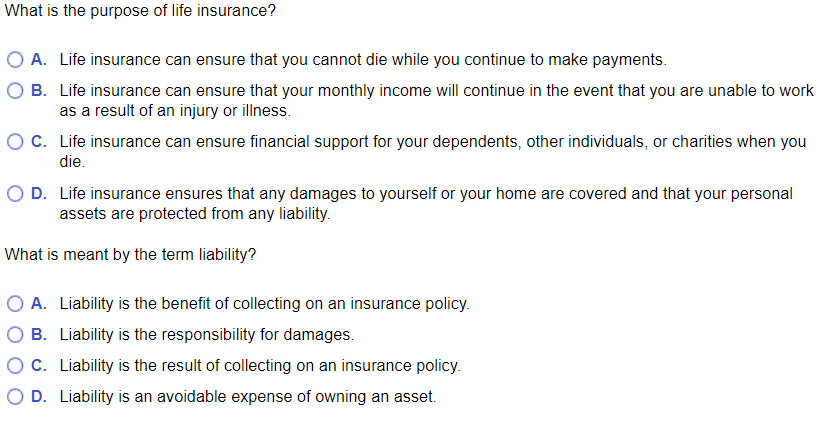The smart Trick of Pacific Prime That Nobody is Discussing
The smart Trick of Pacific Prime That Nobody is Discussing
Blog Article
Some Ideas on Pacific Prime You Need To Know
Table of ContentsThe 6-Minute Rule for Pacific PrimeEverything about Pacific PrimeSome Ideas on Pacific Prime You Need To KnowPacific Prime Things To Know Before You BuyPacific Prime - Truths

This is since the information were gathered for a duration of solid economic efficiency. Of the estimated 42 million individuals that were uninsured, just about about 420,000 (regarding 1 percent) were under 65 years old, the age at which most Americans become qualified for Medicare; 32 million were grownups between ages 18 and 65, about 19 percent of all grownups in this age group; and 10 million were kids under 18 years old, about 13.9 percent of all kids (Mills, 2000).
These price quotes of the number of persons without insurance are generated from the annual March Supplement to the Present Population Survey (CPS), conducted by the Demographics Bureau. Unless or else noted, national price quotes of people without health insurance and proportions of the populace with various type of insurance coverage are based on the CPS, one of the most extensively made use of source of price quotes of insurance policy coverage and uninsurance prices.
A Biased View of Pacific Prime

Still, the CPS is particularly helpful since it creates annual estimates relatively swiftly, reporting the previous year's insurance coverage approximates each September, and due to the fact that it is the basis for a constant set of estimates for more than 20 years, permitting for evaluation of patterns in insurance coverage gradually. For these factors, in addition to the substantial use the CPS in various other research studies of insurance protection that are offered in this record, we depend on CPS quotes, with restrictions noted.

The price quote of the variety of without insurance individuals broadens when a population's insurance standing is tracked for a number of years. Over a three-year duration beginning early in 1993, 72 million people, 29 percent of the U.S. https://www.easel.ly/browserEasel/14457146. population, were without coverage for at the very least one month. Within a single year (1994 ), 53 million people experienced a minimum of a month without coverage (Bennefield, 1998a)
6 out of every ten uninsured grownups are themselves utilized. Functioning does enhance the possibility that one and one's household participants will certainly have insurance policy, it is not a guarantee. Even members of family members with two full-time wage income earners have virtually a one-in-ten possibility of being without insurance (9.1 percent uninsured rate) (Hoffman and Pohl, 2000).
Some Ideas on Pacific Prime You Need To Know
New immigrants represent a significant percentage of people without health insurance policy. One evaluation has actually attributed a substantial part of the recent growth in the size of click now the U.S. uninsured populace to immigrants that got here in the country between 1994 and 1998 (Camarota and Edwards, 2000). Current immigrants (those that pertained to the USA within the past four years) do have a high rate of being without insurance (46 percent), yet they and their youngsters represent just 6 percent of those without insurance policy nationally (Holahan et al., 2001).
The partnership in between medical insurance and access to care is well developed, as recorded later on in this phase. The connection between wellness insurance policy and health and wellness end results is neither direct nor basic, a substantial scientific and wellness services research study literary works web links health and wellness insurance policy coverage to improved accessibility to care, much better high quality, and enhanced individual and population health status.
Levels of analysis for checking out the impacts of uninsurance. This conversation of medical insurance coverage concentrates mostly on the united state populace under age 65 because virtually all Americans 65 and older have Medicare or various other public protection. It focuses particularly on those without any kind of health insurance for any length of time.
The Definitive Guide to Pacific Prime
The problems encountered by the underinsured are in some areas comparable to those dealt with by the without insurance, although they are usually much less serious. Health insurance, however, is neither required neither sufficient to obtain access to medical solutions. The independent and straight result of health insurance policy coverage on access to health services is well established.
Others will certainly obtain the health and wellness care they require also without wellness insurance coverage, by paying for it out of pocket or seeking it from service providers that supply care totally free or at very subsidized prices. For still others, health insurance policy alone does not make certain receipt of care as a result of various other nonfinancial obstacles, such as an absence of health treatment providers in their neighborhood, restricted accessibility to transportation, illiteracy, or linguistic and cultural differences.
Pacific Prime Things To Know Before You Get This
Official study concerning without insurance populations in the United States dates to the late 1920s and very early 1930s when the Board on the Cost of Medical Treatment generated a series of records regarding funding medical professional office sees and hospital stays. This issue ended up being prominent as the varieties of clinically indigent climbed up throughout the Great Depression.
Report this page